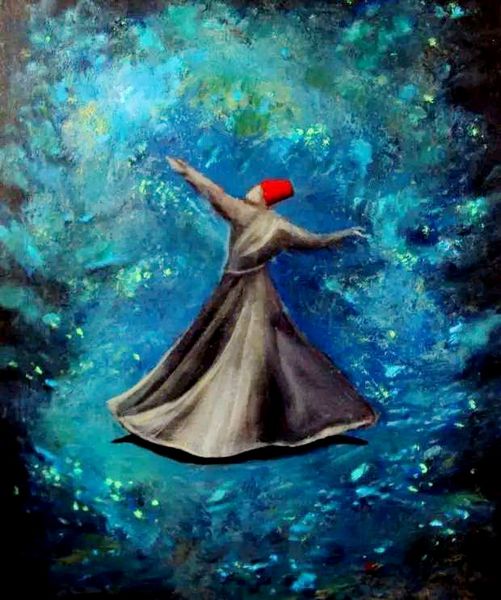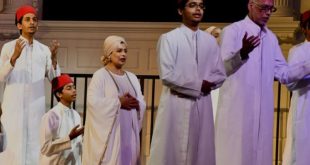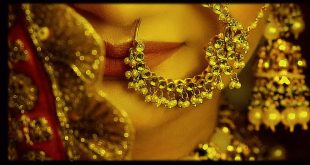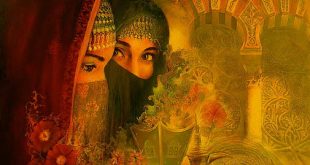
The Gira Sandesha composed in the 15th century is a typical Sinhala Sandesha or Messenger Poem where a parrot serves as the Messenger. This poem refers to a people known as Baburan:
matvana abin kaṅsā kā ralu paralu
attana kusum rat mal kanä lā lakulu
gatvana maguru leḷavā ädä ädä ravulu
sit mena bamana baburan raňga bala yahalu
“Have a look at the play of the Baburan” the poet tells the messenger passing the town of Beruwala “and see how they have consumed intoxicating opium and cannabis; whirling round and round to their heart’s content; wearing Attana and Ratmal flowers on their ears; twirling their beards and swinging their clubs.
The folk known as Baburan in the poem seem to have been a group of whirling dervishes as evident in the description. The term Baburan is however very interesting as it seems to refer to the Berbers or the inhabitants of the Barbary states of North Africa to the west of Egypt. In the Rajavaliya, for instance, we find that the land of the Baburu occurs between references to the land of the Arabs and Portugal, clearly showing that the Baburan mentioned here were Berbers.
They however appear to have been Berbers who had come under the influence of Sufism and probably belonged to the Mawlawiya sect of whirling dervishes founded by Jalaluddin Rumi, the author of the Mathnawi, in the 13th century. The Mawlawiya sect of Sufism placed much emphasis on devotional ecstacy. Several religious sects in both Asia and Africa traditionally consumed cannabis and opium as a means of inducing a state of ecstacy and in the case of the Mawlawiya, participation in a whirling dance was considered to be one of the main means of attaining ecstacy . This would indicate that Beruwala, then as now, was an important centre of Sufi activity, hosting a variety of Sufi orders hailing from various parts of the Muslim world.
Interestingly, the Moroccan traveller Ibn Battuta records in his Tuhfat Al-Nuẓẓar written in the 14th century that during his stay at Mahal (Minicoy or the Maldive Islands), a ship arrived from Sri Lanka bringing some darwishes, Arabs and Persians, who had come from visiting the foot (in Adam’s Peak). These darwishes who were given a banquet in their honour are said to have begun their ritual chants and dances after the Qur’an-readers had begun chanting in their beautiful voices. They are said to have gone into a fire especially prepared for the purpose, treading it with their feet while some of them are said to have eaten it “as one eats sweetmeats” till it was extinguished.
So much for Sufi devotional rituals in the olden days. That it thrived here there can be no doubt.
Extracted from Serendib Culture Club FB Page (Courtesy: Asiff Hussein)
 Sri lanka Muslims Web Portal Diversity and Inclusiveness
Sri lanka Muslims Web Portal Diversity and Inclusiveness



